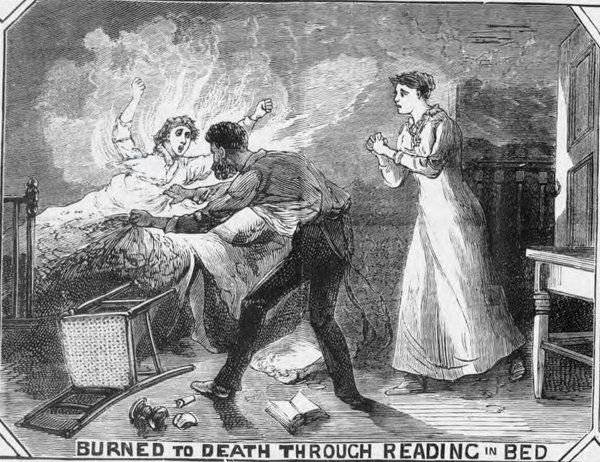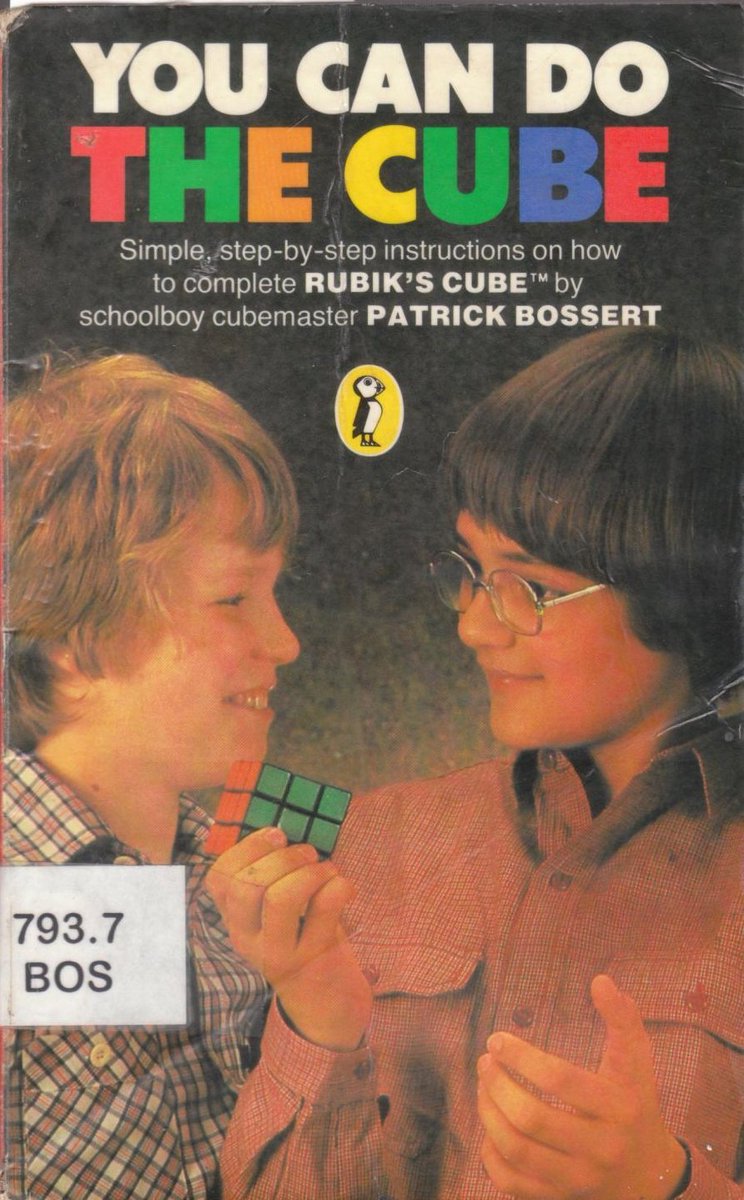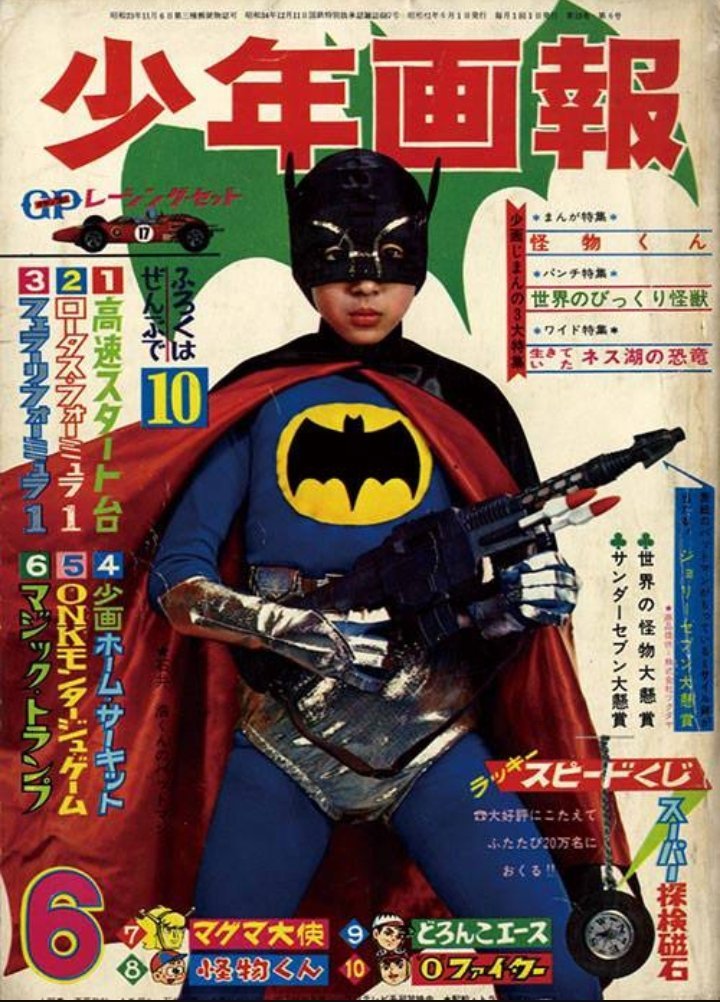
Today in pulp: what were the top 10 causes of death in Victorian Britain*? Let's see...
(*according to the Illustrated Police News: "The worst newspaper in England!")
(*according to the Illustrated Police News: "The worst newspaper in England!")

• • •
Missing some Tweet in this thread? You can try to
force a refresh































